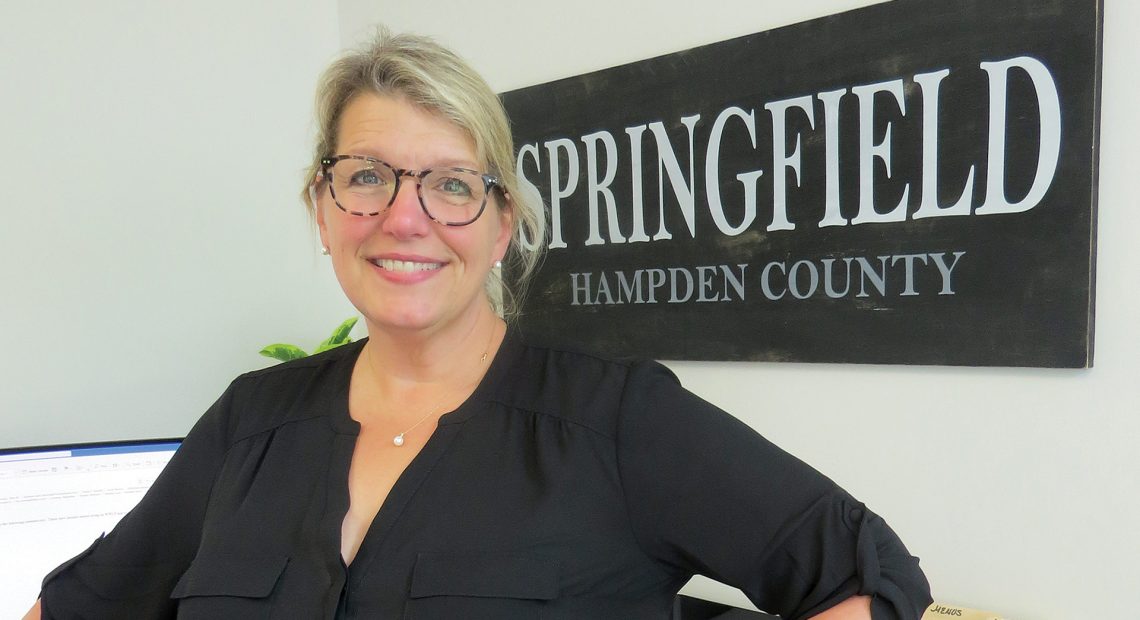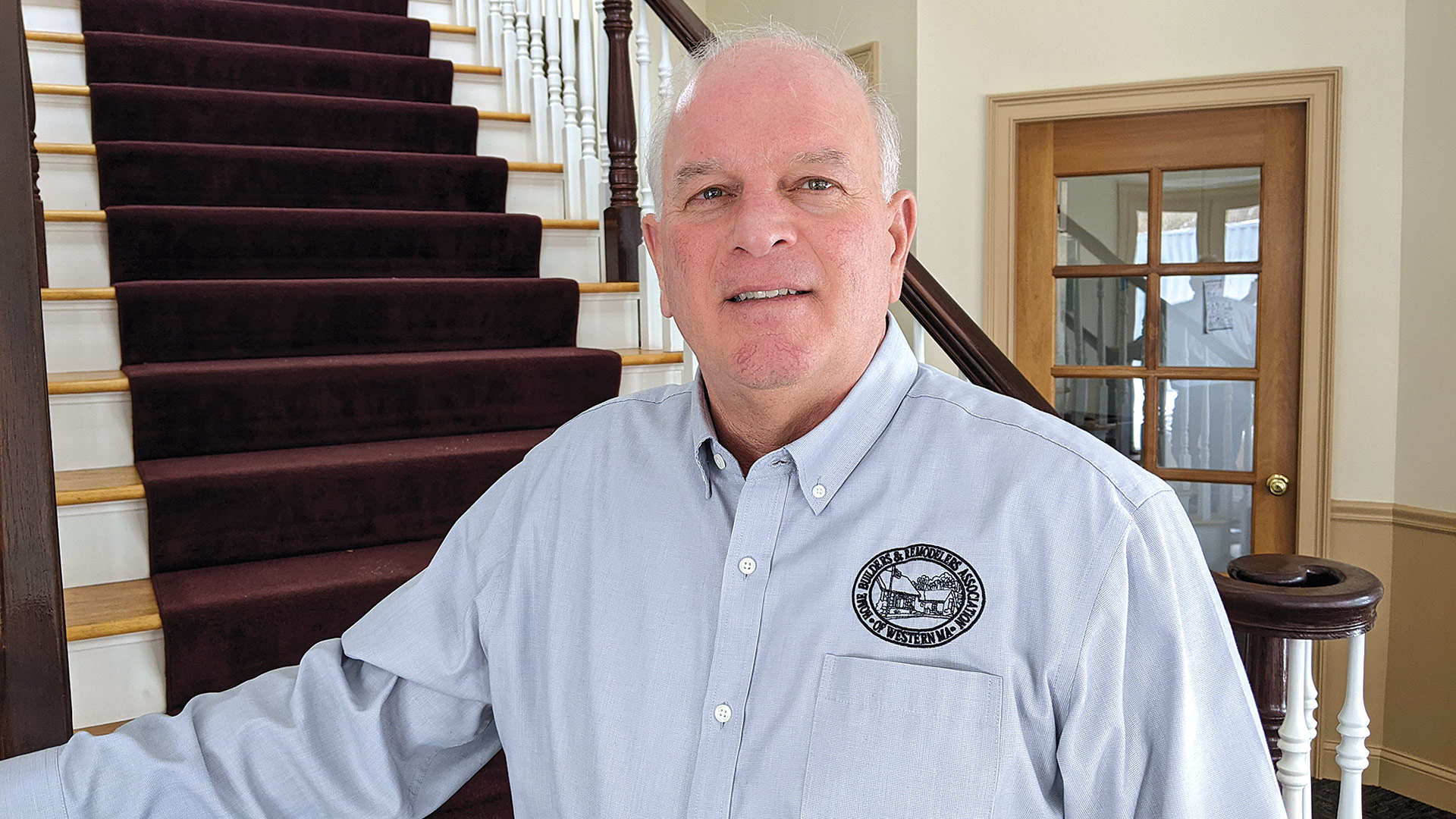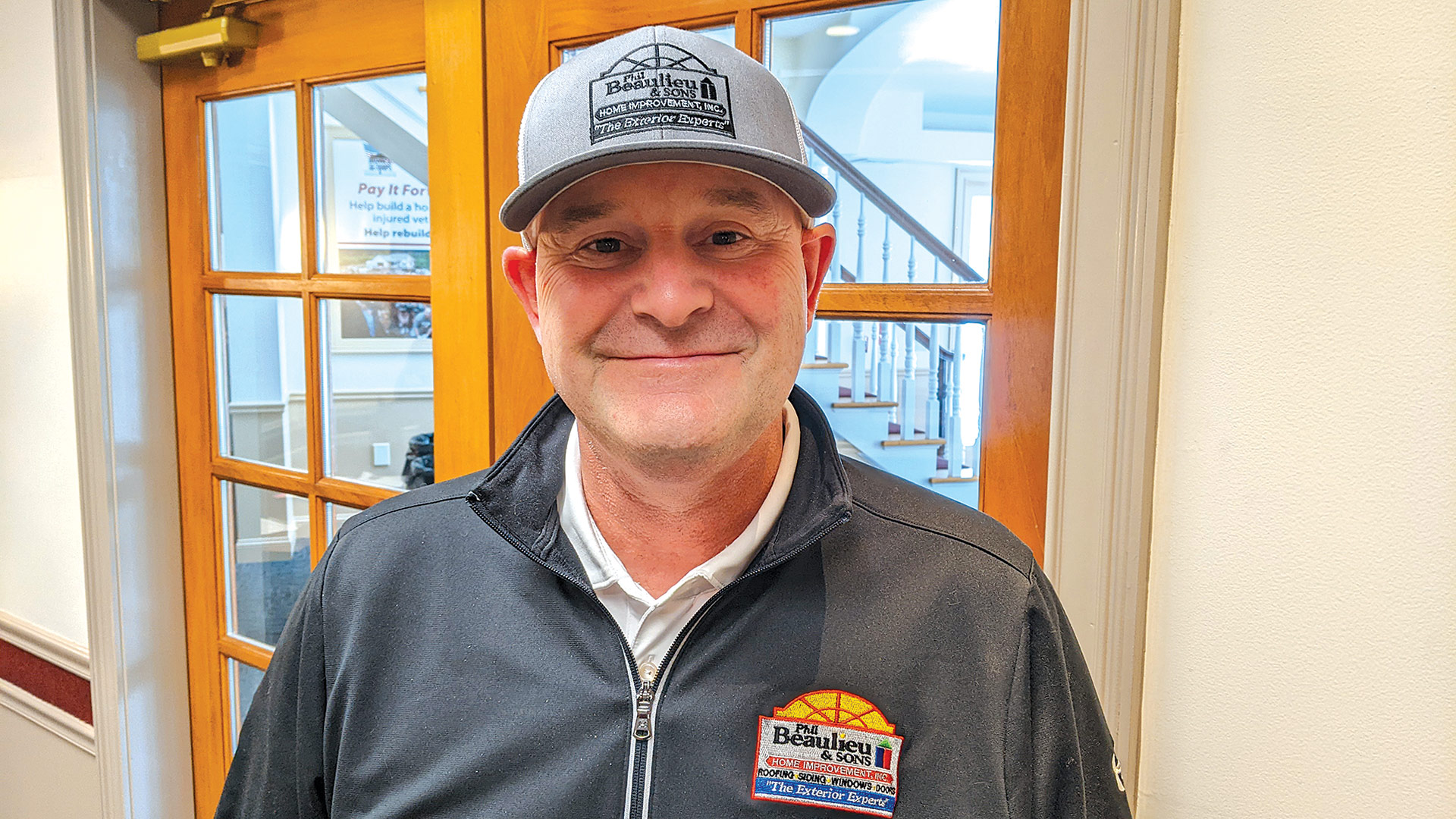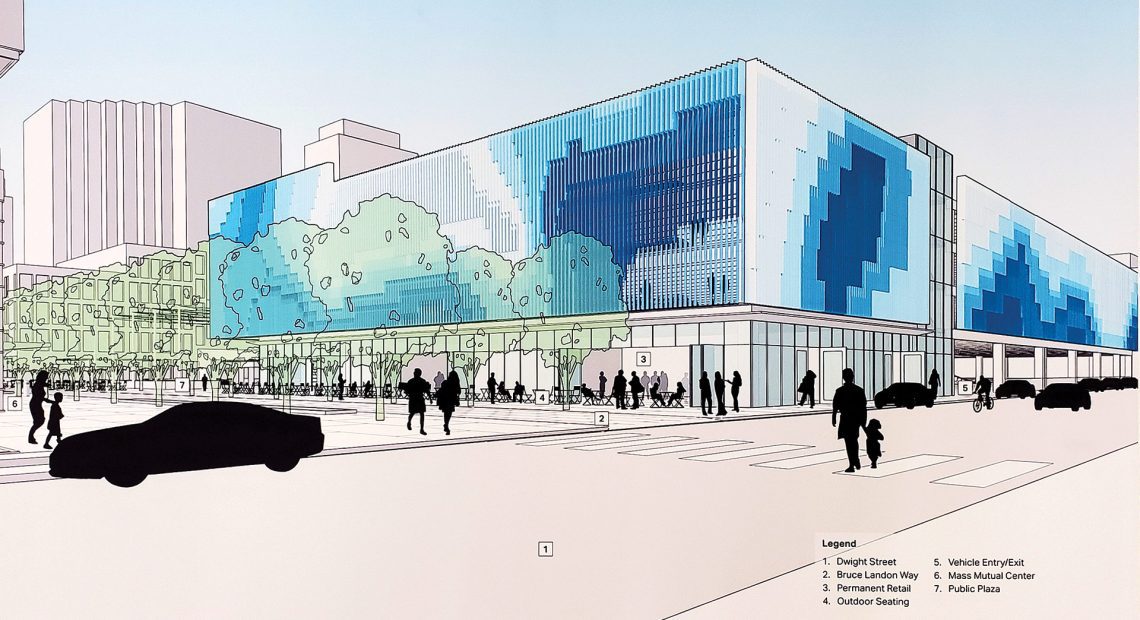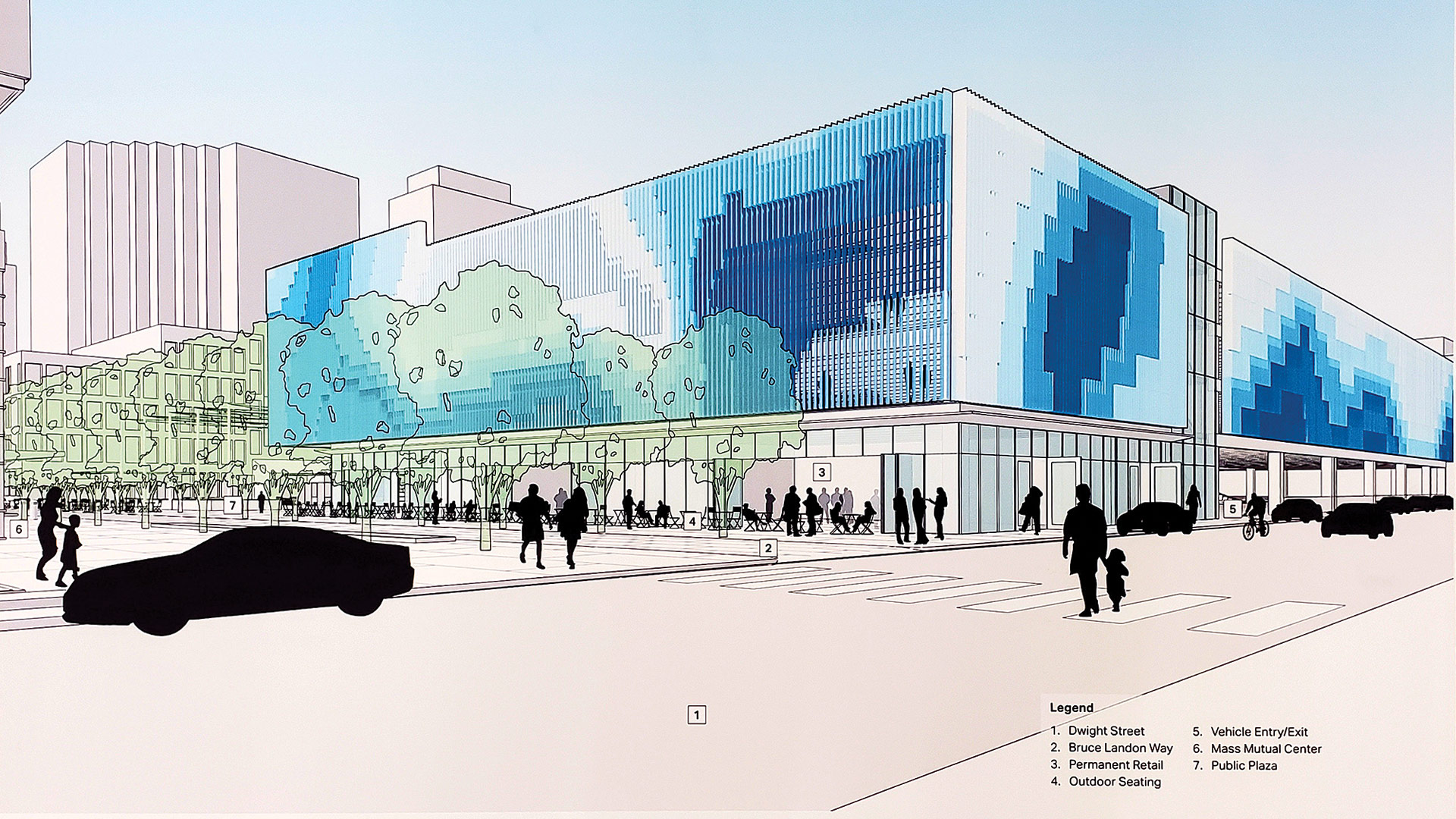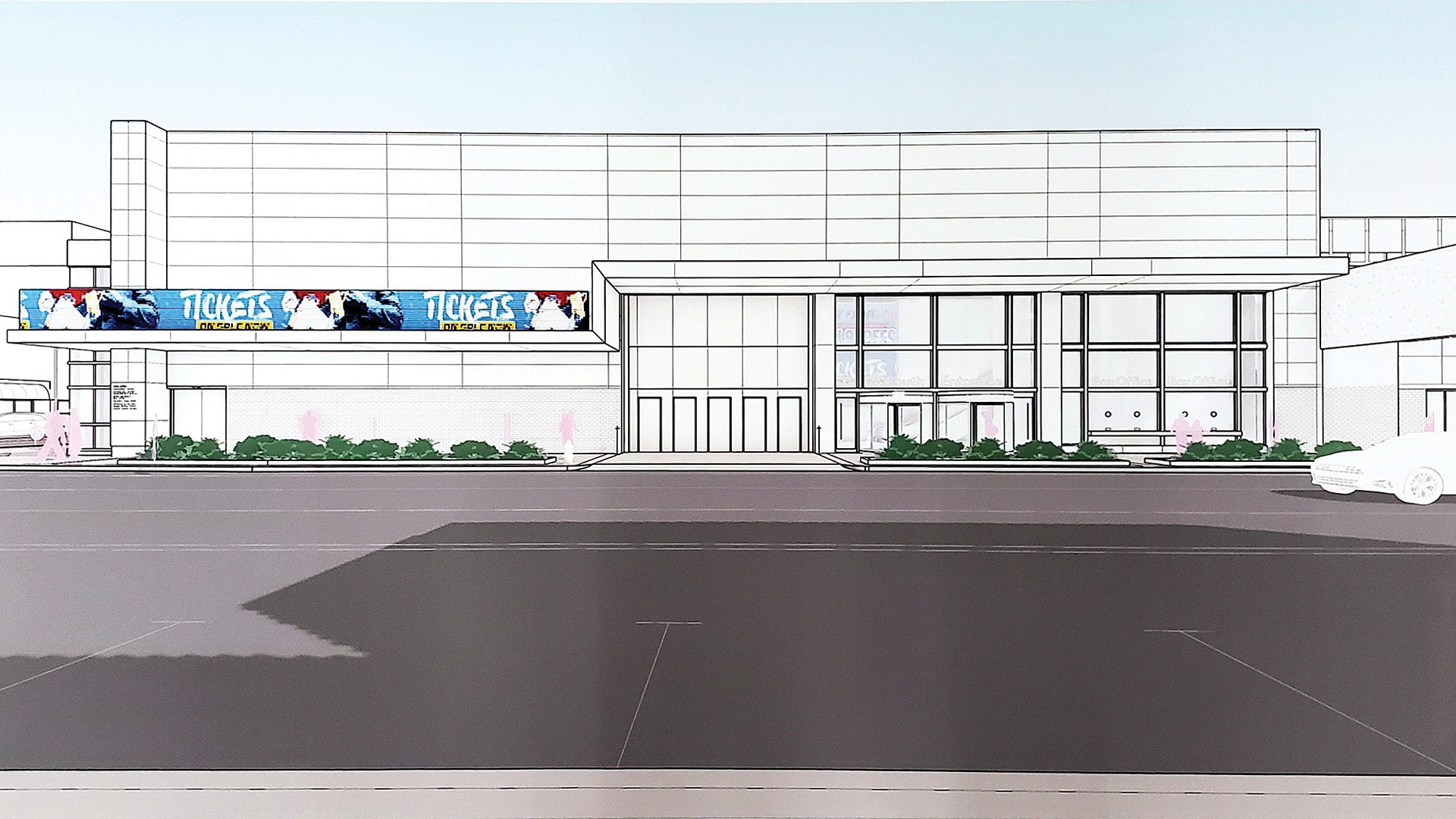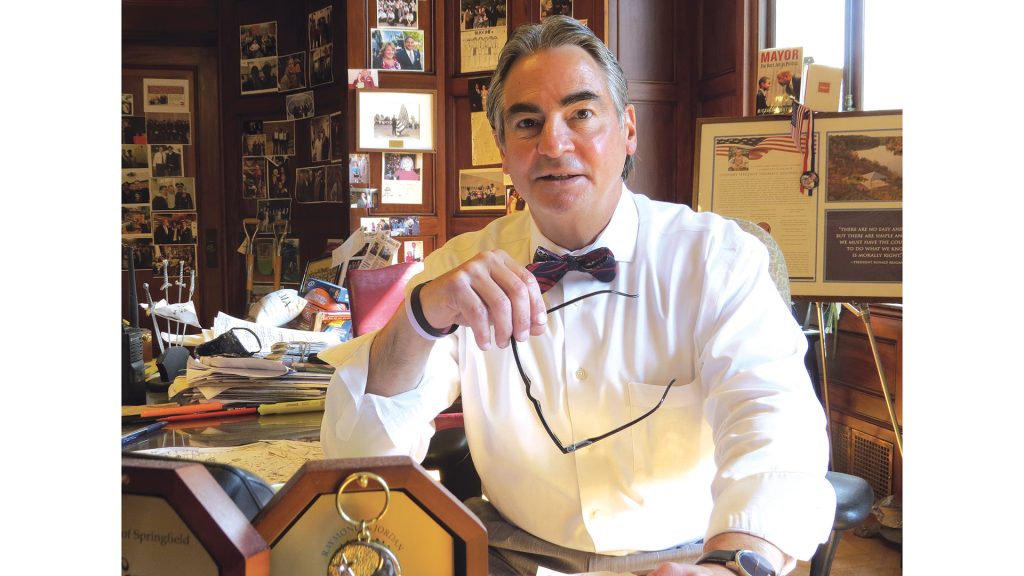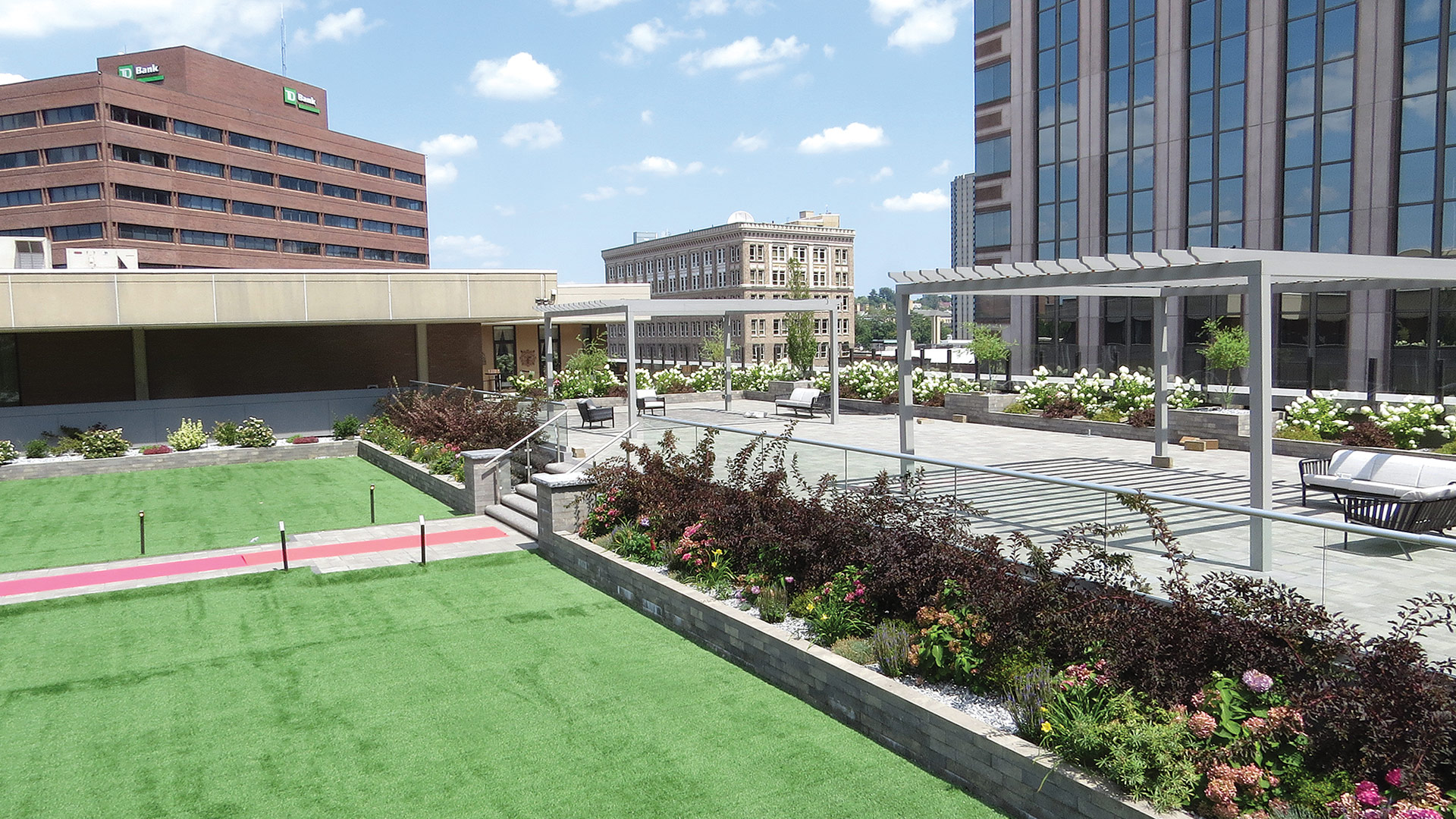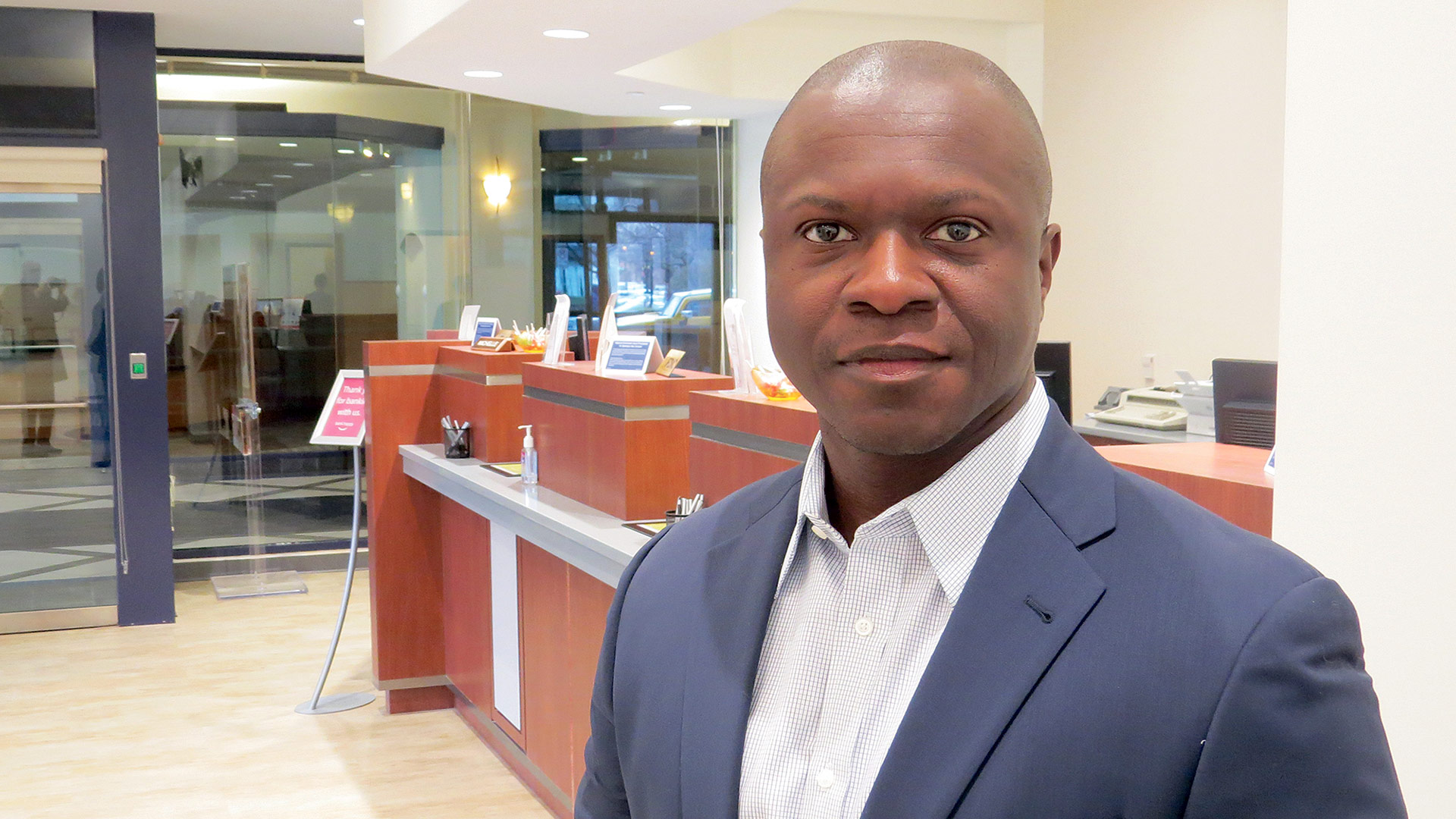Getting a Refresh

Diana Szynal says the Springfield Regional Chamber is refreshing many of its events, including Super 60 and its Rise & Shine breakfasts.
349.
That’s how many ‘engagements’ Diana Szynal estimates she had during her first year as president and CEO of the Springfield Regional Chamber of Commerce (SRC).
By this, she means in-person meetings, Zoom sessions, phone calls, emails, talks at networking events, and more. These engagements were with a number of different constituencies — chamber members, elected officials, economic-development leaders, directors of others chambers, and more.
And while she believes that’s an accurate number, it’s really just an estimate.
Whatever the total might be, it adds up to a lot of talking — and especially a lot of listening. Through all that listening, Szynal has determined a least a few things. The first is that there is a good deal of momentum concerning the chamber and many of its programs and events, as evidenced by the addition of 45 new members over the past fiscal year. The second is that there is room for change and, in some cases, improvement to better serve members as well as the region and its business community.
So, as Szynal begins her second year at the helm, changes are coming to everything from the chamber’s logo to its nearly 40-year-old Super 60 program; from its slate of breakfasts to its website.
Let’s start with Super 60, since it’s almost that time of year. Actually, it is that time of year, with nominations being sought for a revamped program that will honor businesses and institutions across five categories, not merely the traditional ‘Revenue Growth’ and ‘Total Revenue.’
The new categories are ‘Nonprofits,’ ‘Startups,’ and ‘Givebacks,’ a measure of how much a business gives back to the community. These additions, said Szynal, should provide new layers of intrigue and excitement for a program that hasn’t seem much change over its existence, while also bringing some new businesses to the podium for the awards ceremony.
“What we want to accomplish with these new categories is recognition that there are different measures of success,” she explained. “And it’s a way to award more members across various sectors for their success.”
Beyond Super 60, the chamber will be changing its look with a new logo and tagline, retiring ‘Connect2Commerce,’ she said, adding that this initiative is a work in progress, as is work on the website to make it more user-friendly. Meanwhile, the slate of events for the 2023-24 calendar year has been finalized, and there will be something of note each month, including themed Rise & Shine breakfasts to highlight different sectors of the business community, including sports-related ventures, hospitals, nonprofits, and manufacturers.
“Housing is really a challenge here in the Commonwealth, and particularly in Western Mass. When you think about the barriers to success, oftentimes, the roads lead back to a lack of housing.”
On the legislative side, the chamber will continue its strong track record of advocacy with its legislative steering committee, she said, adding that a housing subcommittee has been added to address an issue identified as a priority by the governor, state legislators, and all of the region’s mayors.
“Housing is really a challenge here in the Commonwealth, and particularly in Western Mass.,” she said. “When you think about the barriers to success, oftentimes, the roads lead back to a lack of housing.”
Overall, Szynal said, the chamber is focused on working to better serve, promote, and connect members, while also forging new and stronger partnerships with other area chambers and economic-development agencies, especially the Western Massachusetts Economic Development Council (EDC).
For this issue and its focus on Springfield, we take an in-depth look at the many ways the SRC is getting a refresh, and what these changes mean for the agency and the region’s business community.
Progress Report
When she talked with BusinessWest just after taking the helm at the chamber last summer, Szynal said her first year in that position would be a time to listen and learn.
And is has been exactly that.
The listening, as noted earlier, has been a constant, involving voices with many different constituencies. The learning, meanwhile, has been about Greater Springfield — Szynal, while from this region, has lived and worked mostly in Franklin and Hampshire counties — but also about chambers, this chamber in particular, and what it should be doing to better serve both its members and the region.
What has emerged from this listening and learning is a strategic plan of sorts, one with many components, starting with a focus on collaboration and building partnerships, especially with other chambers in this region, but also other agencies focused on business and economic development.
Szynal said the leaders of the Hampden County chambers now meet every other month. Collectively, they’re piecing together plans for a multi-chamber event — details to come — to take place next March.
“We’re forming really good relationships and seeing how we can work together to each provide better value to our members,” she said, adding that SRC is also working more closely with the EDC on several fronts, especially legislation and advocacy, with Szynal now chairing the EDC’s legislative committee.
“The chamber really hangs its hat on its legislative advocacy and the structure we’ve built around that,” she noted. “But then, forming a bond with the EDC and working together with them on some things will be really great for both of our memberships.”
Meanwhile, the SRC and the EDC are both involved with the recently launched Massachusetts Chambers of Commerce Policy Network, comprised of 10 members from across the state, with plans to expand to include other chambers in 2024.
“The chamber really hangs its hat on its legislative advocacy and the structure we’ve built around that. But then, forming a bond with the EDC and working together with them on some things will be really great for both of our memberships.”
The network is designed to leverage the existing impact and on-the-ground knowledge of these local chambers to provide solutions to policy challenges that hinder the success of the state’s residents, employees, and businesses, Szynal said, adding that one recent issue it addressed was the need to rebuild trust in the state’s unemployment-insurance system after an audit found that $2.5 billion in federal money had been wrongly used by the Department of Unemployment Assistance.
Changes will also be coming to the SRC’s calendar of events, aimed at freshening some traditional programs and gatherings while also boosting participation. And the full slate has been finalized at a relatively early date, giving businesses more opportunity to plan.
The Rise & Shine breakfasts, which have seen a surge in attendance over the past year, have been expanded from four to five and, as noted, will now spotlight different sectors of the economy, starting with the one in September, which will put the focus on what Szynal called the ‘business of sports,’ which is becoming a steadily growing force in the reginal economy.
“We have a quite a few sports-related members, so we’re going to really paint a picture of the impact that sports have on a city,” she said, adding that other breakfasts will turn the spotlight on Springfield-area hospitals and their wide-ranging economic impact (October), nonprofits (January), business focused on the aging of the population (February), and Hampden County manufacturers, with a focus on how things are made (April).
Overall, there will be something every month, Szynal said, listing traditional events such as Super 60 (November), the annual Government Reception (December), the Outlook lunch (March), and a bulked-up Mayors Forum, with nine individuals taking part (May), as well as the annual Fire and Ice cocktail event in May and the annual meeting in June.
Getting back to Super 60, a program with a great deal of history and tradition (it started as the Fabulous 50 and was later expanded), Szynal said that, after more than three decades, it was certainly time for a refresh.
This year’s program will still feature 60 honorees, but, as noted, they will be in five categories, not the traditional two, with the additions designed to identify different ways to recognize excellence and “performance,” she said.
The Startups category will recognize newer, growing businesses, she noted, adding that revenue growth will be the yardstick. The Nonprofits category will be based on the percentage of an agency’s budget spent on programs.
The third addition, Givebacks, will be the most subjective of the five categories, she told BusinessWest, adding that a committee of three will weigh several factors — from the estimated value of what was donated (products, services, and more) to employee engagement — and assign a score.
There will be 12 winners in each category, she said, adding that the changes, which include a streamlined nomination process that allows the work to be done electronically, should breathe some new life into the program and bring new companies and nonprofits into the spotlight.
“We’re excited about these changes and think the business community will be excited as well,” she said, adding that nominations are due Sept. 8, and the annual recognition lunch will take place on Nov. 9 at the MassMutual Center.
Bottom Line
Returning to the matter of those estimated 349 engagements from her first year at the helm of the SRC, Szynal said the number is surely higher than that.
Whatever the total is, it represents a great deal of talking and listening, conversations that have translated into a number of action steps designed to make the chamber even more visible, impactful, and responsive to the needs of its members and the community, she said, adding these initiatives are a work in progress, in every sense of that phrase.



